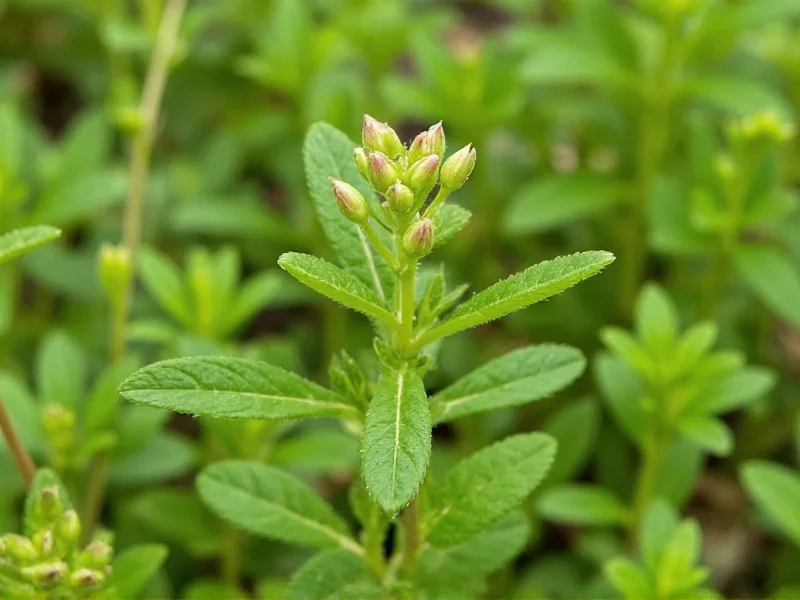Understanding the True Identity of Mother of Thyme
Many gardeners confuse mother of thyme plant identification with common thyme varieties. Botanically classified as Thymus praecox or Thymus serpyllum, this species belongs to the Lamiaceae family but serves different purposes than Thymus vulgaris. The name "mother of thyme" likely originated from its mat-forming growth habit that "mothers" or nurtures soil between pavers and along pathways.
Botanical Characteristics and Growth Habits
Mother of thyme typically grows just 1-3 inches tall but can spread up to 18 inches wide, creating dense carpets ideal for ground cover. Its small, oval leaves measure only 1/8 inch long and release a subtle thyme fragrance when stepped on. In late spring to early summer, the plant produces clusters of delicate pink, lavender, or white flowers that attract bees and other pollinators.
| Characteristic | Mother of Thyme (Thymus praecox) | Common Thyme (Thymus vulgaris) |
|---|---|---|
| Height | 1-3 inches | 6-12 inches |
| Growth Habit | Creeping, mat-forming | Upright, bushy |
| Primary Use | Ornamental ground cover | Culinary herb |
| Flavor Intensity | Mild, less pronounced | Strong, robust |
| Hardiness Zones | 4-9 | 5-9 |
Clearing Up Common Naming Confusion
The term "mother of thyme" creates significant confusion among gardening enthusiasts. This plant is not the "mother" or parent of other thymes, nor is it particularly related to common culinary thyme beyond sharing the Thymus genus. Some nurseries market Thymus praecox as "mother of thyme" while others use "creeping thyme" or "wild thyme." Understanding this difference between mother of thyme and common thyme prevents disappointment when expecting robust culinary flavor from this primarily ornamental variety.
Optimal Growing Conditions for Mother of Thyme
Successful cultivation of mother of thyme requires attention to specific environmental factors. This resilient plant thrives in full sun exposure (at least 6 hours daily) and prefers well-draining, sandy or gravelly soils with a slightly alkaline to neutral pH (6.5-8.0). While drought-tolerant once established, young plants need regular watering during their first growing season. The mother of thyme care instructions are remarkably simple compared to many garden plants:
- Plant in spring after last frost or in early fall
- Space plants 6-12 inches apart for quicker coverage
- Requires minimal fertilization (excessive nutrients reduce flowering)
- Tolerates light foot traffic but avoid heavy trampling
- Prune lightly after flowering to maintain compact growth
Practical Applications in the Landscape
The mother of thyme ground cover benefits make it invaluable for challenging garden areas. Landscape designers frequently use this plant between stepping stones, along walkway edges, and in rock gardens where its drought tolerance and low maintenance shine. Unlike traditional lawn grass, mother of thyme requires no mowing and stays green throughout the growing season. Its dense growth habit effectively suppresses weeds while providing habitat for beneficial insects. In xeriscaping projects, this plant significantly reduces water consumption compared to conventional ground covers.
Culinary and Medicinal Considerations
While many search for is mother of thyme edible information, the culinary value differs substantially from common thyme. Though technically edible, Thymus praecox offers a much milder flavor profile that rarely justifies harvesting from your landscape. For culinary purposes, Thymus vulgaris remains superior. Traditional medicinal uses of thyme generally reference common thyme rather than creeping varieties, though both contain thymol with antimicrobial properties. Always confirm plant identification before consumption, as some thyme look-alikes may be toxic.
Troubleshooting Common Growing Challenges
Mother of thyme proves remarkably resilient but can encounter issues in suboptimal conditions. The most frequent problem is root rot from excessive moisture in poorly draining soils—this plant prefers drier conditions than many gardeners assume. In humid climates, powdery mildew may appear during extended wet periods. Pests rarely bother established plants, though spider mites can become problematic during extreme drought. If your mother of thyme plant not spreading as expected, check for excessive shade or over-fertilization, both of which inhibit the vigorous growth this plant typically demonstrates.
Propagation Techniques for Expanding Your Plantings
Expanding your mother of thyme coverage proves straightforward through several methods. The simplest approach involves division of established clumps in early spring or fall. Gardeners can also propagate through stem cuttings taken in summer—simply place 2-3 inch cuttings in well-draining soil and keep lightly moist until roots develop. For those wondering how to grow mother of thyme from seed, note that germination rates remain low and plants grow slowly from seed, making division or cuttings more efficient. Space new plantings 6-12 inches apart depending on how quickly you want complete coverage.
Seasonal Care Calendar
Maintaining healthy mother of thyme requires minimal seasonal attention:
- Spring: Light pruning to remove winter dieback, apply balanced fertilizer if needed
- Summer: Monitor for pests during dry periods, deadhead spent flowers to encourage reblooming
- Fall: Reduce watering as temperatures cool, prepare for winter dormancy
- Winter: No special care needed in hardiness zones 4-9; may remain evergreen in milder climates
Companion Planting Strategies
Mother of thyme complements various landscape elements and plants. It pairs beautifully with drought-tolerant companions like sedum, lavender, and ornamental grasses. In vegetable gardens, it can serve as an attractive border that deters certain pests while attracting pollinators. Avoid planting near moisture-loving species that require frequent watering, as this creates incompatible growing conditions. The plant's low height makes it ideal for the front of borders or spilling over container edges.











 浙公网安备
33010002000092号
浙公网安备
33010002000092号 浙B2-20120091-4
浙B2-20120091-4